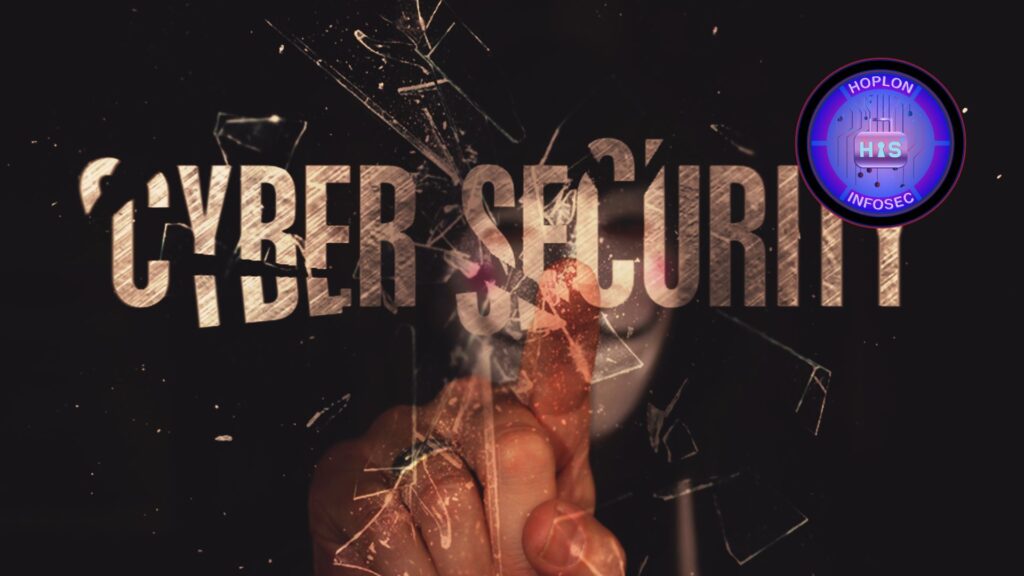The Rise of Credential Theft: A New Wave of Cyber Threats

Hoplon InfoSec
18 Sep, 2024
As technology continues to evolve, so does the landscape of cyber threats. Among the most alarming trends is the rise of sophisticated credential theft techniques. Recent findings from cybersecurity researchers at OALABS have highlighted a new method where threat actors force victims into entering their login credentials, bypassing traditional security measures. This blog delves into this alarming trend, its mechanics, and the implications for cybersecurity.
Understanding the Threat Landscape

The modern threat landscape is characterized by an array of cyber threats, including ransomware, supply chain attacks, and vulnerabilities in Internet of Things (IoT) devices. However, credential theft remains a pressing issue, as it directly undermines the security of user accounts and sensitive information.
The Evolution of Credential Theft
Historically, credential theft involved direct methods such as phishing emails or keystroke logging. However, the emergence of more sophisticated tactics has changed the game. One such method is the recent credential theft technique identified by OALABS, which combines browser manipulation with traditional stealer malware.
The Credential Theft Technique
Browser Manipulation
The credential theft technique discovered by OALABS utilizes a “credential flusher” deployed alongside malware like “StealC.” This flusher, often an “AutoIt” script, is designed to manipulate the user’s browser environment. The script, identified by its unique executable hash (78f4bcd5439f72e13af6e96ac3722fee9e5373dae844da088226158c9e81a078), identifies installed browsers on the victim’s machine and launches them in a kiosk mode.
Key Features of the Kiosk Mode
- Disable Features: The script disables features such as the Translate UI and popup-blocking to ensure a seamless interaction.
- Persistent Relaunch: If the user attempts to close the browser, the script persistently relaunches it, maintaining control over the environment.
- Hotkey Settings: Special hotkey configurations prevent users from easily escaping the manipulated session.
The Role of Stealer Malware
Accompanying the credential flusher is stealer malware like StealC (99e3eaac03d77c6b24ebd5a17326ba051788d58f1f1d4aa6871310419a85d8af). This malware is responsible for exfiltrating saved credentials from the user’s browser. The use of the Amadey loader (0ec952da5d48ceb59202823d7549139eb024b55d93c2eaf98ca6fa99210b4608) is integral to this process, as it facilitates the deployment of both the credential flusher and StealC.
How Amadey Loader Works
The Amadey loader retrieves the stealer malware and credential flusher from a remote server, typically through a link such as “http://31.41.244[.]11/steam/random.exe.” This multifaceted approach not only highlights the sophistication of the attack but also the interconnectedness of modern malware deployment.
Manipulating User Behavior
One of the most concerning aspects of this credential theft technique is its reliance on manipulating user behavior rather than directly intercepting input. By creating an environment where users are coerced into providing their credentials, this tactic effectively evades traditional credential theft protections.
Implications for Cybersecurity
The rise of such stealthy tactics poses significant challenges for cybersecurity professionals. Traditional security measures that rely on detecting malicious software or monitoring network traffic may fall short against attacks that exploit user behavior.
The Need for Adaptive Security Measures
Organizations must adapt their security strategies to address these emerging threats. Here are several approaches to consider:
- User Education and Awareness: Educating users about the risks of credential theft and teaching them to recognize suspicious browser behaviors is crucial.
- Multi-Factor Authentication (MFA): Implementing MFA can provide an additional layer of security, making it more difficult for attackers to access accounts even if they obtain login credentials.
- Behavioral Analysis: Employing behavioral analysis tools can help detect anomalies in user activity, potentially flagging unusual browser behavior indicative of an attack.
- Endpoint Protection: Utilizing advanced endpoint protection solutions that can identify and block malicious scripts or unauthorized browser manipulation is essential.
The Future of Credential Theft
As technology continues to advance, it is likely that threat actors will develop even more sophisticated methods for stealing credentials. The trend towards automation and the increasing complexity of attacks mean that organizations must remain vigilant and proactive in their cybersecurity efforts.
The Role of Cybersecurity Research
Ongoing research into emerging threats is vital for understanding and combating new techniques. Organizations like OALABS play a crucial role in identifying and analyzing these threats, providing valuable insights that can inform defensive strategies.
Conclusion
The emergence of credential theft techniques that manipulate user behavior underscores the need for a comprehensive approach to cybersecurity. As attackers become more sophisticated, so too must our defenses. By prioritizing user education, implementing robust security measures, and staying informed about evolving threats, organizations can better protect themselves against the growing menace of credential theft.
In an age where cyber threats are becoming increasingly sophisticated, awareness and proactive measures are key to safeguarding sensitive information and maintaining trust in digital interactions.
References
Dutta, T. S. (2024, September 18). Threat Actors Forcing Victims Into Entering Login Credentials For Stealing. Retrieved from Cyber Security News: https://cybersecuritynews.com/forcing-victims-into-enter-login-credentials/amp/
Top 10 Multi Factor Authentication Best Practices: Essential Tips for MFA. (2023, July 2021). Retrieved from asee: https://cybersecurity.asee.io/blog/multi-factor-authentication-mfa-best-practices/
Share this :